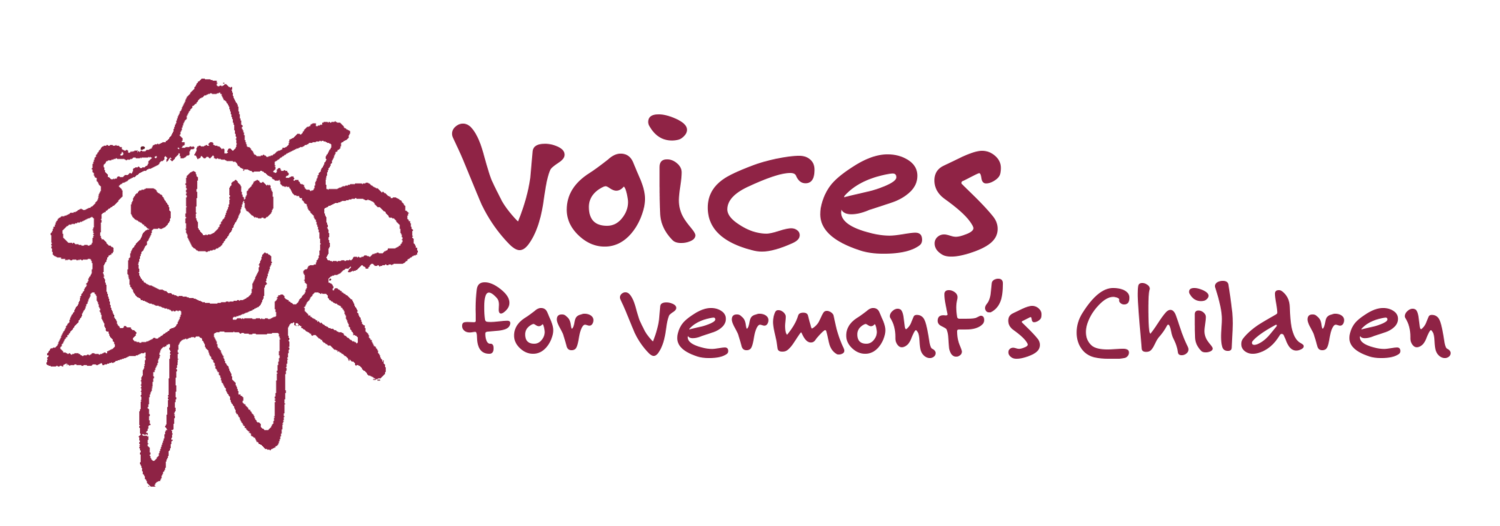Time for a doughnut? Children's economic security and the KIDS COUNT Data Book rankings
Each year, the Annie E. Casey Foundation’s KIDS COUNT Data Book presents national and state data from 16 indicators in four domains of child well-being — economic well-being, education, health, and family and community factors — and ranks the states according to how children are faring overall. (For more about this project and some national context, see this video explainer). The indicators for this year’s data book do not reflect much of the pandemic, but they do provide a broad sense of how kids were doing just as we began to enter it.
Even without the benefit of data from the last two years, our lens on child well-being in Vermont is shaped by what transpired. The inequities that exist today did not emerge overnight, they have been with us all along. And the pandemic, alongside increasingly heightened environmental and political stressors, has drawn us deeper into the need to look beyond the data and commit to new transformative modes of thinking that move us decisively toward equity through systems change.
Although Vermont’s overall ranking in child wellbeing is high (5th), our performance in economic well-being for children was comparatively worse than in other areas. While the data shows the percentage of children in poverty (12 percent, or 14,000 kids) and the percentage of young people ages 16-19 who were disconnected from both school and work (5 percent, or 2,000 young adults) were both relatively low compared to other states (Vermont ranks 4th for both of these indicators individually), the fact that other states are faring worse should not prevent us from viewing 14,000 children growing up in poverty as a crisis.
Vermont’s comparative success starts to fade as we look to the other two economic indicators. Vermont ranks 23rd for households experiencing a high housing cost burden, with an estimated 31,000 kids (26 percent) in households where 30 percent or more of the household income is spent on housing costs. Families who are forced to direct a significant percentage of their income to housing have less financial flexibility to meet the needs of their children at a given moment. And 26 percent of kids in Vermont were also living in households where no parent has full-time, year-round employment (the national rate is 27 percent) — for this indicator, we sink to 26th nationally.
These rankings are an important indication of the need to address financial stability for children and families, but alone they provide only glimpses of what life is like for many young people in Vermont. Each piece is limited in how well it can reflect the full context of children’s lives that is required to generate meaningful solutions. To move toward equity, policy change must center on not simply data, but also the voices and lived experiences of the individuals it intends to address.
While this year’s Data Book doesn’t capture the impact of the Covid-19 Pandemic on all of these factors, it does include stark indications of a mental health crisis among children and youth. Even before COVID hit, the data showed a 40 percent increase in the number of children in Vermont experiencing anxiety or depression between 2016 and 2020. For many communities such as LGTBQ+ students and students of color, the rates are significantly higher. These numbers beckon us as a community to look beyond the indicators and ask our young people directly- how are all these pieces fitting together for you? What do you need?
And where are we going as a state? Can we envision an economic future that has space for ideas like the Doughnut model of prosperity, models that can help us reimagine possibilities in the context of a global environmental and climate emergency and at the same time reaffirm the non-negotiable obligation to meet basic human needs? While the Data Book rankings can only tell us so much about how our children are faring, their drastically worsening mental health makes one thing clear- what we’re doing right now isn’t enough.

